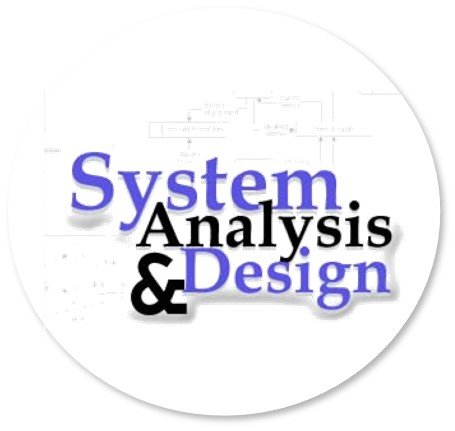Ref No: 2529
Executive Summary:
Systems Analysis & Design:  Information systems are transforming the way businesses operate in the current era. The use of information systems has enabled organisations to reach beyond the limits of human capabilities and extend efficiency, accuracy, and quality of their services to a level that would not be possible.
Information systems are transforming the way businesses operate in the current era. The use of information systems has enabled organisations to reach beyond the limits of human capabilities and extend efficiency, accuracy, and quality of their services to a level that would not be possible.
This assignment Systems Analysis & Design takes the case of JazzMusic store, considering different software development models, and their suitability for the business needs of the store. Prototyping is identified as the software development model that would suit the store due to the fact that it is a relatively cheap method of software development and allows for the involvement and feedback of the client.
The discussion afterwards considers the software requirements of the store, and to this end, a questionnaire consisting of both closed-type and open-type questions is developed. These questions are designed to evaluate the kind of software and main features which are primarily required by the client. The final part of the assignment presents diagrams made for the development of the software.
These diagrams Systems Analysis & Design include level 0 context data flow diagram (DFD), level 1 DFD, Entity-relationship diagrams (ERD), and Entity Life History (ELH) diagrams. The diagrams are designed upon the case scenario of JazzMusic store. Finally, these diagrams are evaluated and the main features of proposed software are identified as involving a capacity for customer management, staff management, catalogue-updating, and order-tracking. These provisions are expected to meet the current business requirements of JazzMusic, while possible future enhancements involving facilities for improved communication and coordination between the store and its various suppliers are underlined….
Task 1
- Traditional software development life cycle models:
Waterfall Model:
The waterfall method follows a series of stages, one after another, from the definition of requirements to the implementation and testing of the final design in a top-down approach. Each stage in the life cycle depends upon the results of the previous one, and hence, room for modification in design at any point in the middle of the cycle is usually difficult (Crookshanks 2015).
A waterfall model is a primitive approach to software development that emphasises structure at the potential expense of compliance with client requirements. This is because, in this approach, the entire direction and objectives of a project are laid down at the earliest stage, when the client themselves may not be sufficiently aware of the exact features and characteristics that they are looking for (Knoll et al. 2013).
The rigidity inherent in waterfall models make it inadequate for object-oriented development (OOD), which is aimed at reusability and continuous refinement: things not easily provided for in waterfall approaches.
Throwaway Prototyping:
Prototyping involves developing a working model of the Systems Analysis & Design that the client can use to judge how the finalised system would look like. The prototype is only an incomplete model with limited functionality that is not intended to be further developed or incorporated into the final design. This approach has the advantage that it allows for client involvement in the development process, so the development cycle can be guided by client feedback (Fleischmann 2012).
Prototyping is an improved method over a waterfall, but it falls short of object-oriented development in that it follows a sequential approach, and does not possess the highly organised structure of object-oriented development. Thus, it is inadequate for OOD, where ease-of-modification is specifically aimed for.


Recent Comments